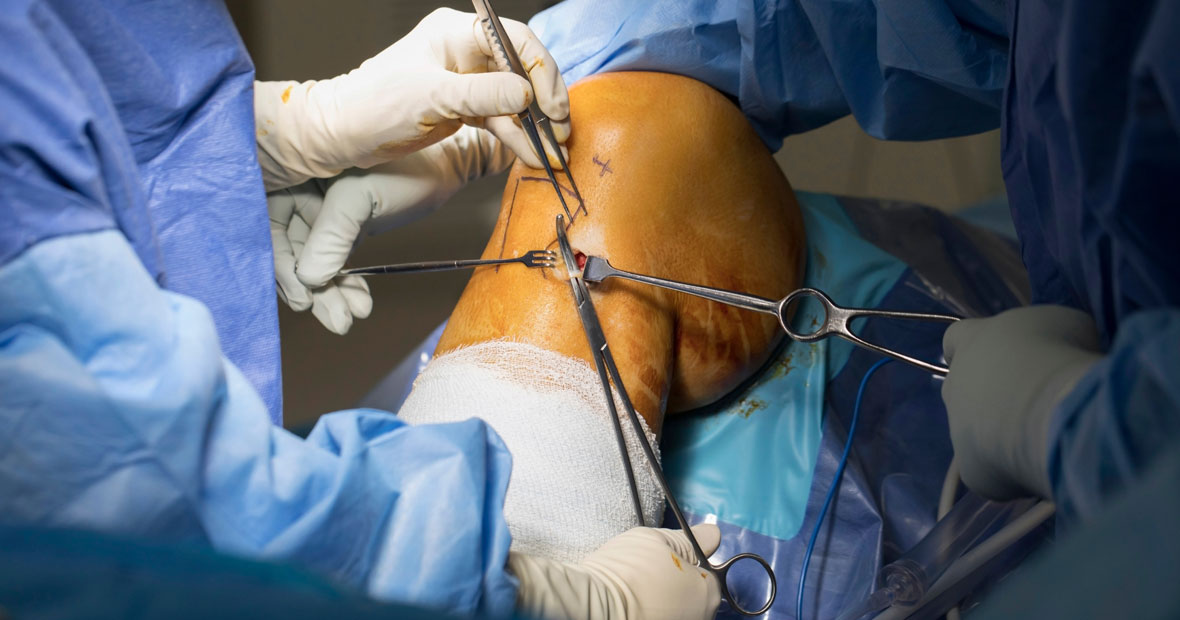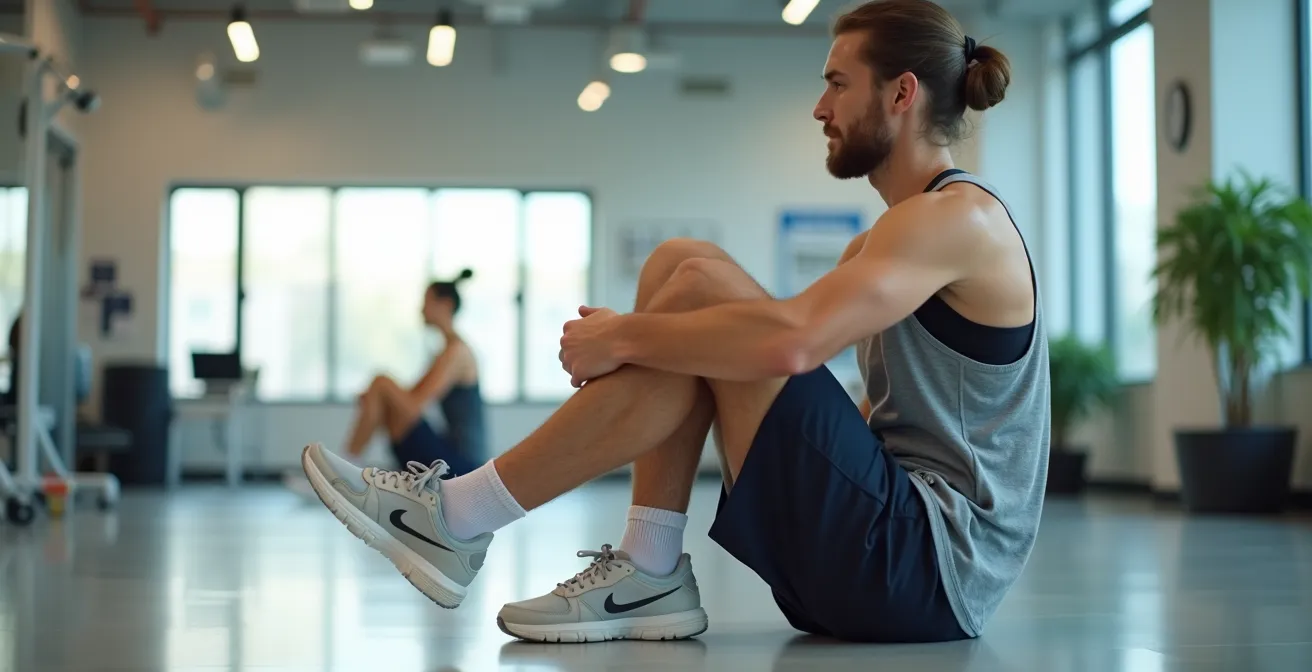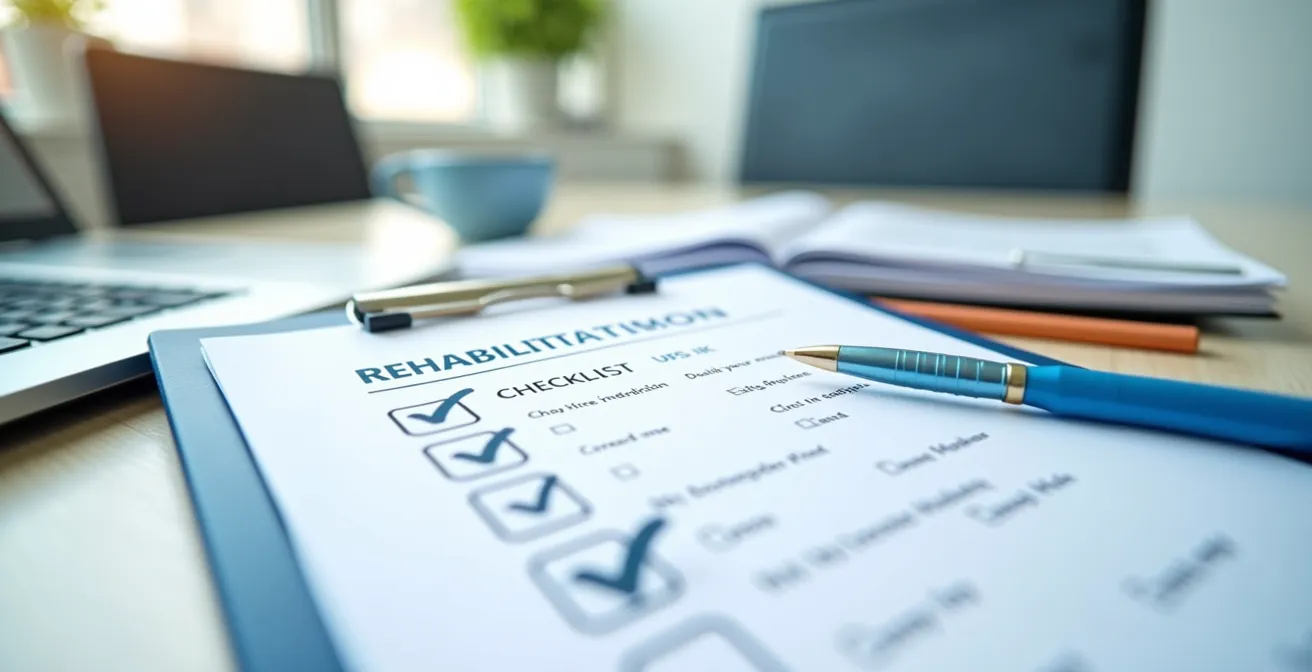
Facing an Anterior Cruciate Ligament (ACL) operation can feel like a passive experience where you simply hand your outcome over to medical professionals. However, this perspective overlooks the most critical factor in your success: you. A successful ACL reconstruction is not just an event that happens in an operating room; it’s a comprehensive process that you actively direct from the very beginning. Your choices in preparation, mindset, and rehabilitation are the true drivers of a powerful and lasting recovery.
The journey begins long before you enter the hospital, starting with the pivotal decision of selecting a specialized ACL surgeon who aligns with your specific needs and goals. This process is an active investigation, not a passive assignment. From there, your focus shifts to transforming your body into the optimal canvas for surgery through targeted pre-habilitation. By embracing your role as the architect of your recovery, you shift the odds dramatically in your favor for a return to full strength and confidence.
Your proactive ACL recovery blueprint
- Surgeon selection is an active choice: Your first, most critical task is to vet and choose a surgeon whose expertise matches your athletic and lifestyle goals.
- Pre-habilitation is non-negotiable: Preparing your body before surgery directly accelerates and enhances post-operative healing and function.
- Master your mindset: The emotional journey is as significant as the physical one; mental preparation is key to navigating challenges.
- Understand your options: Educate yourself on graft choices to have an informed discussion with your surgeon about what’s best for you.
- Recovery is a process of milestones: Follow a structured, multi-phase rehabilitation plan with clear goals and realistic timelines.
Selecting your ACL surgeon: A critical first step
The selection of your surgeon is arguably the most influential decision you will make in your ACL journey. It goes beyond credentials and involves finding a professional whose experience and philosophy of care resonate with your personal recovery objectives. High surgical volume is a key indicator of expertise, as it correlates with refined techniques and a deeper understanding of potential complications.
A surgeon’s specialization significantly shapes their approach. While general orthopedists are highly skilled, those with a focus on sports medicine often bring a more nuanced understanding of the demands of returning to high-level activity. This expertise influences everything from the surgical technique to the design of your rehabilitation protocol.
Choosing a surgeon with specialized training in sports medicine and extensive experience is crucial for optimal ACL surgery outcomes.
– Dr. Ben Mayo, How to Find the Best ACL Surgeon
To make an informed choice, it’s vital to compare the different types of specializations you may encounter.
| Specialization | Focus | Impact on Care |
|---|---|---|
| Sports Medicine | Expert in ligament injuries | Better surgical techniques and rehab plans |
| General Orthopedics | Broader scope | May lack focused ACL expertise |
Equip yourself with the right questions to ensure you find a surgeon who is a true partner in your recovery. A transparent and thorough discussion is a sign of a high-quality care team.
Questions to ask potential ACL surgeons
- Ask about surgeon’s annual ACL reconstruction volume.
- Inquire about specific surgical techniques used.
- Request information on post-operative rehabilitation protocols.
- Discuss patient outcomes and complication rates.
Optimizing your body before surgery: The power of pre-habilitation
Once you have your surgeon, the focus turns inward. Pre-operative rehabilitation, or “pre-hab,” is a proactive strategy to prepare your knee and the rest of your body for the stress of surgery. Its goal is to reduce swelling, restore a full range of motion, and build foundational strength, particularly in the quadriceps and hamstrings. As Patrick Vignona, PT, notes, this preparatory phase is crucial for enhancing surgical success and expediting recovery timelines.
Engaging in a structured pre-hab program significantly improves your odds of a successful return to your desired activities. Evidence shows that patients who dedicate time to this phase have better outcomes. A comparative study highlighted that 72% of patients who completed prehab returned to pre-injury level sport compared to 63% of patients who did not complete any prehab.
What is pre-habilitation?
Pre-habilitation is a proactive physical therapy program undertaken before surgery. It aims to improve strength, range of motion, and balance to create the best possible conditions for a successful operation and a faster recovery.
Your pre-hab program should be developed in collaboration with a physical therapist to ensure it’s tailored to your specific condition. The focus will be on gentle, controlled movements that strengthen supporting muscles without aggravating the injured ligament.
Essential pre-hab exercises for ACL surgery
- Range of motion exercises to improve knee flexibility.
- Gentle strengthening of quadriceps and hamstrings.
- Proprioceptive training to enhance balance and joint awareness.
- Consultation with a physical therapist to tailor program.
This image illustrates the types of focused exercises involved in a pre-habilitation program, which are essential for building knee stability and strength before the operation.

By achieving key physical goals before surgery, such as symmetrical knee extension and reduced swelling, you set a solid foundation for the rehabilitation that will follow.
Navigating the emotional landscape of ACL surgery
The physical journey of an ACL injury is only half the story. The emotional and psychological impacts—from the initial frustration and anxiety to the long-term challenge of rebuilding confidence—are just as significant. Acknowledging these feelings is the first step toward building mental resilience for the road ahead.
Your mindset plays an active role in your healing. Cultivating a positive but realistic outlook can directly influence your engagement with physical therapy and your ability to cope with inevitable setbacks. As patient testimonials often suggest, initial frustration and fear can give way to improved confidence and mental strength as rehabilitation progresses with a strong support system.
Here, you have an opportunity to be proactive in your mental preparation. Building a robust support system of family, friends, and healthcare professionals creates a safety net for challenging days. Additionally, you can Explore alternative wellness therapies that focus on mindfulness and mental well-being to complement your physical recovery.
Strategies for mental preparation and coping during ACL rehabilitation
- Use motivational interviewing techniques to foster a positive mindset.
- Engage in cognitive-behavioral strategies to manage fear and anxiety.
- Build a robust support network including family and healthcare professionals.
- Regularly assess psychological readiness for returning to sport.
The concept of support is crucial. It’s the human connection that provides comfort and encouragement, reminding you that you are not alone in this journey.

This powerful connection with your support network can be a significant source of strength, helping you maintain motivation throughout the long recovery process.
Understanding your graft options: beyond the basics
A central part of the surgical plan is the choice of a graft, which will replace your torn ACL. This decision is highly individualized, and a good surgeon will discuss the pros and cons of each option in the context of your age, activity level, and personal goals. According to research by Armin Runer et al., individualized graft choice is essential for a successful outcome.
The primary choice is between an autograft (tissue taken from your own body) and an allograft (tissue from a donor). Each comes with its own set of considerations, including healing time, potential for rejection, and site morbidity.
What is the main difference between an autograft and an allograft?
An autograft uses a tendon from your own body (e.g., patellar, hamstring, or quadriceps tendon) to create the new ACL. An allograft uses tendon tissue from a deceased donor.
Within autografts, there are several common types, each suited to different patient profiles. For example, the patellar tendon graft is often favored for high-impact athletes, while a hamstring graft may be chosen to minimize anterior knee pain. The failure rate is a critical factor in this decision, as Re-rupture rates range from 2% to 10%, higher in allografts especially in young active patients.
Clinical evidence provides further insight into how these choices play out in the long term, helping surgeons and patients make the most informed decision possible.
Outcomes of ACL reconstruction with different graft types
A recent clinical analysis comparing autograft types found similar long-term outcomes but highlighted faster incorporation times with bone-patellar tendon grafts. This suggests that while long-term stability may be comparable across certain autografts, the initial healing and integration phase can differ, potentially influencing early-stage rehabilitation protocols. You can find more details in the study summary available at this source.
Key Takeaways
- Your active participation is the single most important factor in a successful ACL surgery outcome.
- Choosing a specialized surgeon and engaging in pre-habilitation sets the foundation for a stronger recovery.
- Mental preparation and a strong support system are as crucial as physical rehabilitation for overcoming setbacks.
- Understanding your graft options allows you to have an informed discussion and make a collaborative decision.
The full spectrum of recovery: milestones and realistic expectations
ACL rehabilitation is a marathon, not a sprint. It follows a structured, multi-phase process designed to gradually and safely restore function, strength, and stability to your knee. Each phase has specific goals, from controlling pain and swelling initially to rebuilding neuromuscular control and eventually returning to sport-specific movements.
Progress is measured through objective indicators like range of motion, strength symmetry compared to the uninjured leg, and functional hop tests. These milestones ensure you are not advancing too quickly, which could risk re-injury. Following this structured path is essential, as is incorporating proper nutrition for recovery to support tissue healing and muscle growth.
Phases and goals of ACL rehabilitation
- Phase 1: Regain range of motion and reduce swelling.
- Phase 2: Restore strength and neuromuscular control.
- Phase 3: Return to running, agility drills, and jumping safely.
- Phase 4: Full return to sports with emphasis on injury prevention.
Patience is paramount, as the timeline for a full return to demanding activities is lengthy. While individual progress varies, studies indicate that Most athletes return to sports between 8 to 12 months post-surgery. This timeline should not be rushed, as meeting objective criteria for a safe return is more important than adhering to a generic calendar.
A comprehensive rehabilitation plan tracks these milestones, ensuring every aspect of recovery is addressed before you return to your activities.

Ultimately, the decision to return to sport should be a collaborative one between you, your surgeon, and your physical therapist. As highlighted by Terese L Chmielewski et al., combining functional tests with psychological readiness evaluations is critical for making safe and confident return-to-sport decisions.
Frequently asked questions on knee surgery guide
How long will I be on crutches after ACL surgery?
Most patients use crutches for 1 to 4 weeks after surgery. The exact duration depends on your surgeon’s protocol, the type of graft used, and your ability to walk with a normal gait without putting excessive stress on the new ligament.
When can I start driving after an ACL operation?
You can typically resume driving once you are no longer taking narcotic pain medication and have sufficient muscle control to operate the pedals safely. For surgery on the right knee, this can take 4 to 6 weeks. For the left knee, you may be able to drive an automatic car sooner.
Is ACL surgery very painful?
You will experience pain after surgery, but it is generally well-managed with a combination of nerve blocks, prescription pain medication, and ice. The most significant pain usually occurs in the first few days and gradually subsides as you begin rehabilitation.
Will I be able to kneel after ACL surgery?
Many patients experience some discomfort or numbness when kneeling, particularly if a patellar tendon graft was used, as this involves an incision on the front of the knee. While it is generally safe to kneel, it may feel different or uncomfortable for many months or even permanently for some.